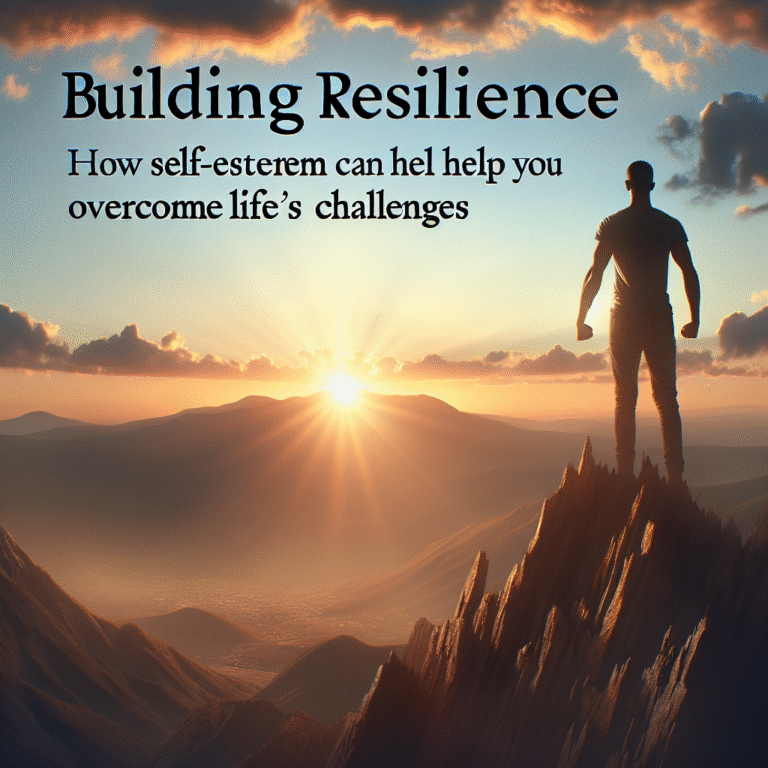
Introduction
Have you ever entered a room and immediately felt the weight of the mood? Perhaps a gathering radiated joy, making you smile without knowing why, or maybe you found yourself mirrored in a colleague’s stress during a tense meeting. This phenomenon isn’t just a curious observation—it’s a powerful psychological concept known as emotional contagion. Caught in the Mood: Understanding Emotional Contagion in Everyday Life delves deep into how our emotions influence each other in ways we often overlook. Recognizing these dynamics helps us navigate our relationships effectively, enhance our well-being, and ultimately shape our environments for the better.
What is Emotional Contagion?
Emotional contagion is the process by which emotional states are transferred from one individual to another. This automatic process is largely subconscious, leading to profound effects on our interactions. Studies show that individuals can experience and adopt the emotional state of others through verbal and nonverbal communication, demonstrating that we are, by nature, incredibly empathetic beings.
A Brief History
The concept of emotional contagion dates back to the 19th century. Early psychologists like Charles Darwin noted that humans and animals share feelings in much the same way. Fast forward to today, and we find that neuroscience has provided substantial backing to these observations, revealing how mirror neurons play a significant role in emotional synchronization among individuals.
The Mechanics of Emotional Contagion
How It Works
Emotional contagion operates through several key mechanisms:
- Facial Mimicry: When we see someone smile, our brain triggers responses that lead us to smile in return, reinforcing shared feelings.
- Vocal Tone: The pitch, volume, and pacing of voice can elicit emotional responses. A cheerful tone can uplift spirits, while a flat demeanor can bring others down.
- Body Language: Gestures and posture are also potent cues. For instance, open and relaxed body language can create a calm atmosphere, whereas tense shoulders might invoke anxiety in a group setting.
Biological Underpinnings
Neuroscience has shown that emotional contagion can activate specific brain regions. The anterior insula, implicated in the processing of emotions, demonstrates heightened activity when individuals observe others experiencing emotions. This biophysiological response emphasizes the interconnectedness of human feelings and sets the stage for understanding how we can harness emotional contagion in our daily lives.
Real-World Applications: Case Studies
Case Study 1: Workplace Dynamics
Imagine a team recently facing a stressful deadline. As tension rises, certain team members may seem more anxious, causing a ripple effect. A study by the University of Michigan highlighted that teams adopting positive emotional practices showed improved productivity and collaboration. Caught in the Mood: Understanding Emotional Contagion in Everyday Life reveals that fostering an upbeat atmosphere can transform work environments.
Analysis: By encouraging positivity such as recognition and celebration, teams can mitigate stress and enhance overall performance.
Case Study 2: Social Media Influence
A recent survey revealed that users often experience mood shifts after scrolling through social media feeds. Positive posts can uplift users, whereas negative commentary can create a sense of distress. Research shows that emotional content spreads rapidly online, embodying the essence of emotional contagion.
Analysis: Developing strategies for mindful consumption of social media can help individuals safeguard their emotional well-being while maintaining connections.
Case Study 3: Family Dynamics
In family settings, emotional contagion plays a vital role in shaping relationships. Research indicates that children often mirror their parents’ emotions, which can either foster a nurturing environment or contribute to stress.
Analysis: This underscores the importance of emotional awareness in familial bonds, with caregivers encouraged to model positive emotional behaviors.
The Ripple Effect of Emotional Contagion
Emotional contagion can have a significant impact on broader societal levels. From community interactions to global movements, waves of emotion can create shifts in collective behavior. The empowerment that comes from joining a cause, motivated by shared emotions such as hope or anger, illustrates how powerful these emotional connections can be.
Case Study 4: Activism and Movement Building
Consider how social movements like Black Lives Matter have harnessed collective emotional experiences to bring about change. Emotional expressions of anger, solidarity, and hope have rallied thousands, showcasing how shared feelings can unify and mobilize communities.
Analysis: The use of emotional appeals in activism has proven crucial in driving societal transformation, highlighting the importance of shared human experiences in fostering change.
Navigating Emotional Contagion in Everyday Life
Understanding emotional contagion equips us with tools to influence our daily environments positively. Here are some actionable insights that readers can incorporate:
1. Cultivating Positive Environments
- Set Intentions: Start your day with a positive affirmation or intention. This can influence how you interact with others throughout the day.
- Surround Yourself with Positivity: Engage with individuals who uplift you. Optimism is infectious; aligning with positive people can significantly enhance your mood.
2. Mindful Communication
- Practice Active Listening: When communicating, show genuine interest and empathy. Tailoring your response to others’ emotions fosters connection.
- Use Positive Language: Be mindful of the words you choose. Compliments and encouraging language can uplift others, creating a ripple effect.
3. Emotional Awareness and Regulation
- Recognize Your Own Emotions: Understanding your emotional state is the first step to managing how it affects those around you.
- Practice Emotional Regulation Techniques: Techniques like mindfulness, meditation, or simple deep-breathing exercises can help maintain a positive emotional balance.
4. Strategic Emotional Influence
- Harness the Power of Humor: Laughter can defuse tension and bring people together. Use humor strategically to lighten the mood in stressful situations.
- Share Your Joys: Sharing good news or celebrating small wins can create a positive environment that encourages others to share in the joy.
Conclusion
Caught in the Mood: Understanding Emotional Contagion in Everyday Life illuminates an essential aspect of human interaction that influences our experiences significantly. By harnessing the power of emotional contagion, we can create harmonious environments at work, nurture our relationships, and drive positive change in our communities. Awareness and intentionality are key as we navigate our emotional landscapes.
As you step outside today, remember: your emotions are not yours alone; they influence those around you. Channel this awareness into your engagements. Not only can you foster a more uplifting atmosphere, but you can also become a beacon of positivity in a world that needs it now more than ever.
FAQs
1. What are some signs of emotional contagion?
Emotional contagion can manifest through changes in behavior, body language, and mood in response to others’ emotions. For instance, you might feel suddenly happy or sad after interacting with someone displaying those emotions.
2. How can I protect myself from negative emotional contagion?
Be mindful of your environments and try to engage in uplifting situations. Also, practicing emotional regulation techniques can help you maintain your equilibrium despite external negativity.
3. Can emotional contagion affect decision-making?
Absolutely! Group emotions can skew perceptions and decisions. For instance, a group’s excitement over a project can lead to overly optimistic planning, which may be unrealistic.
4. Is emotional contagion always negative?
Not at all! While it can lead to the spread of negative emotions, emotional contagion can also foster positive emotions, enhancing teamwork and social bonds.
5. How do cultural differences impact emotional contagion?
Cultural norms influence how emotions are expressed and perceived. In collectivistic cultures, emotional expression may be more subdued, affecting the contagion process. Being culturally sensitive helps navigate these differences effectively.
By engaging with Caught in the Mood: Understanding Emotional Contagion in Everyday Life, readers can better navigate their emotions and interactions, creating a chain reaction of positivity in their surroundings.











